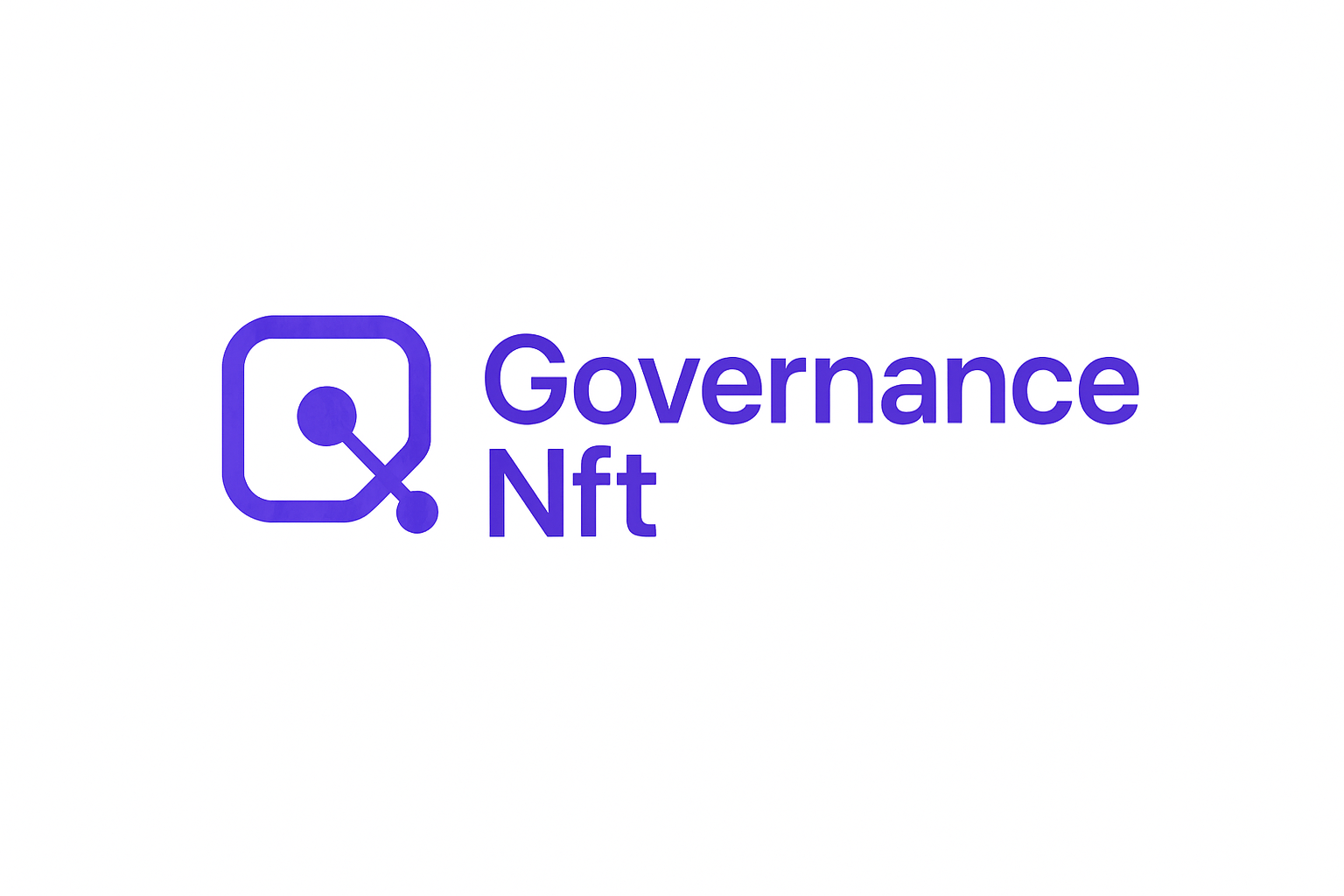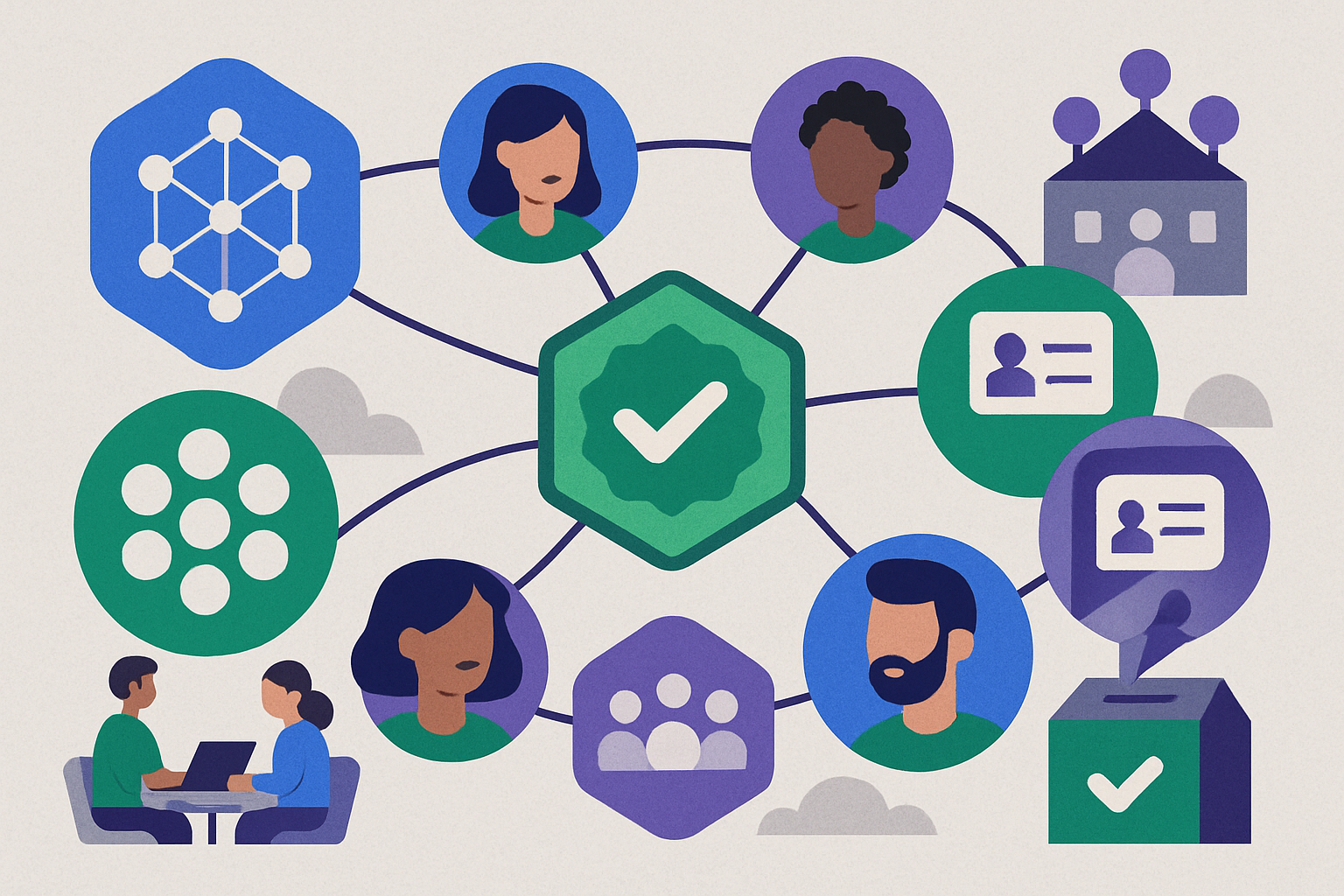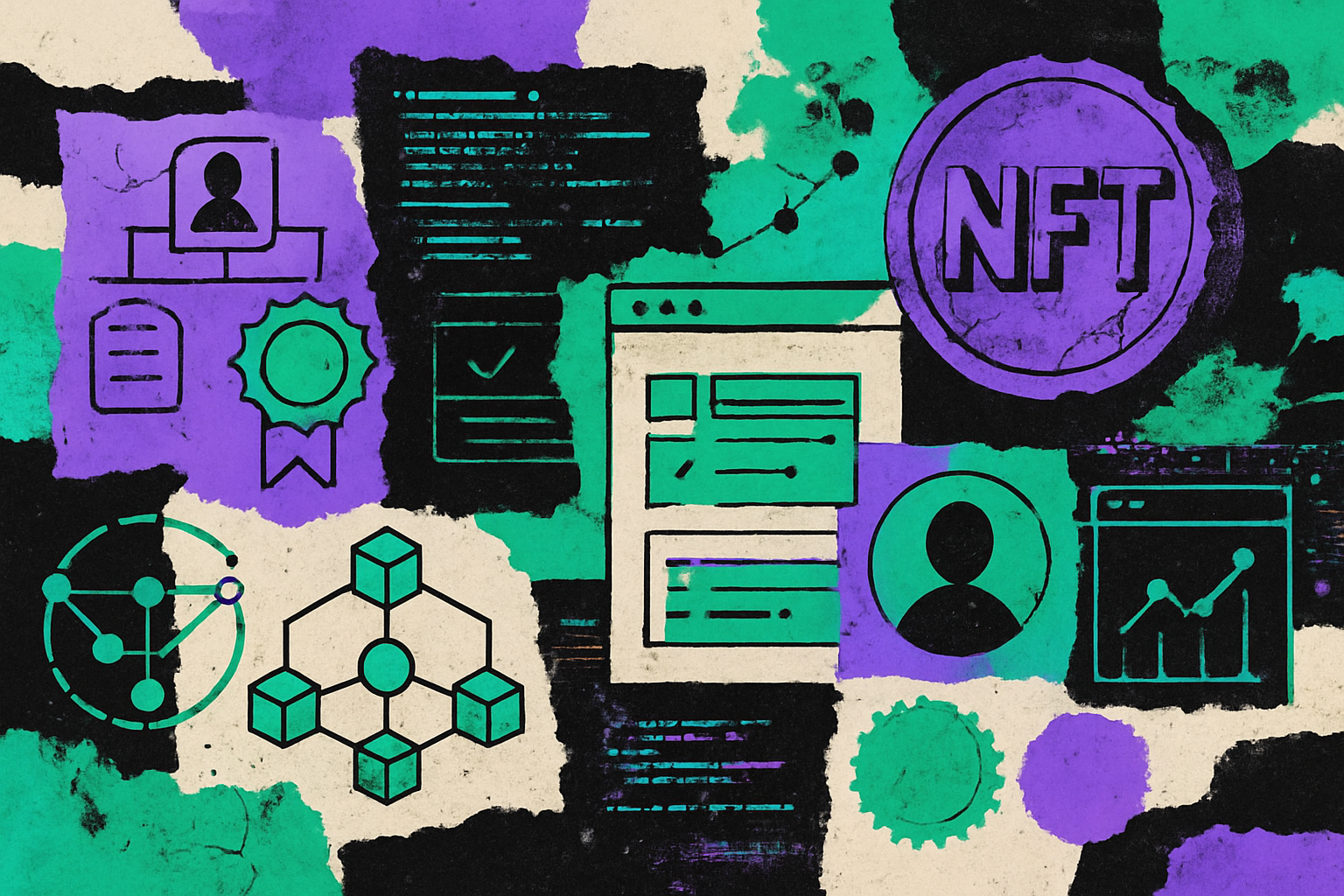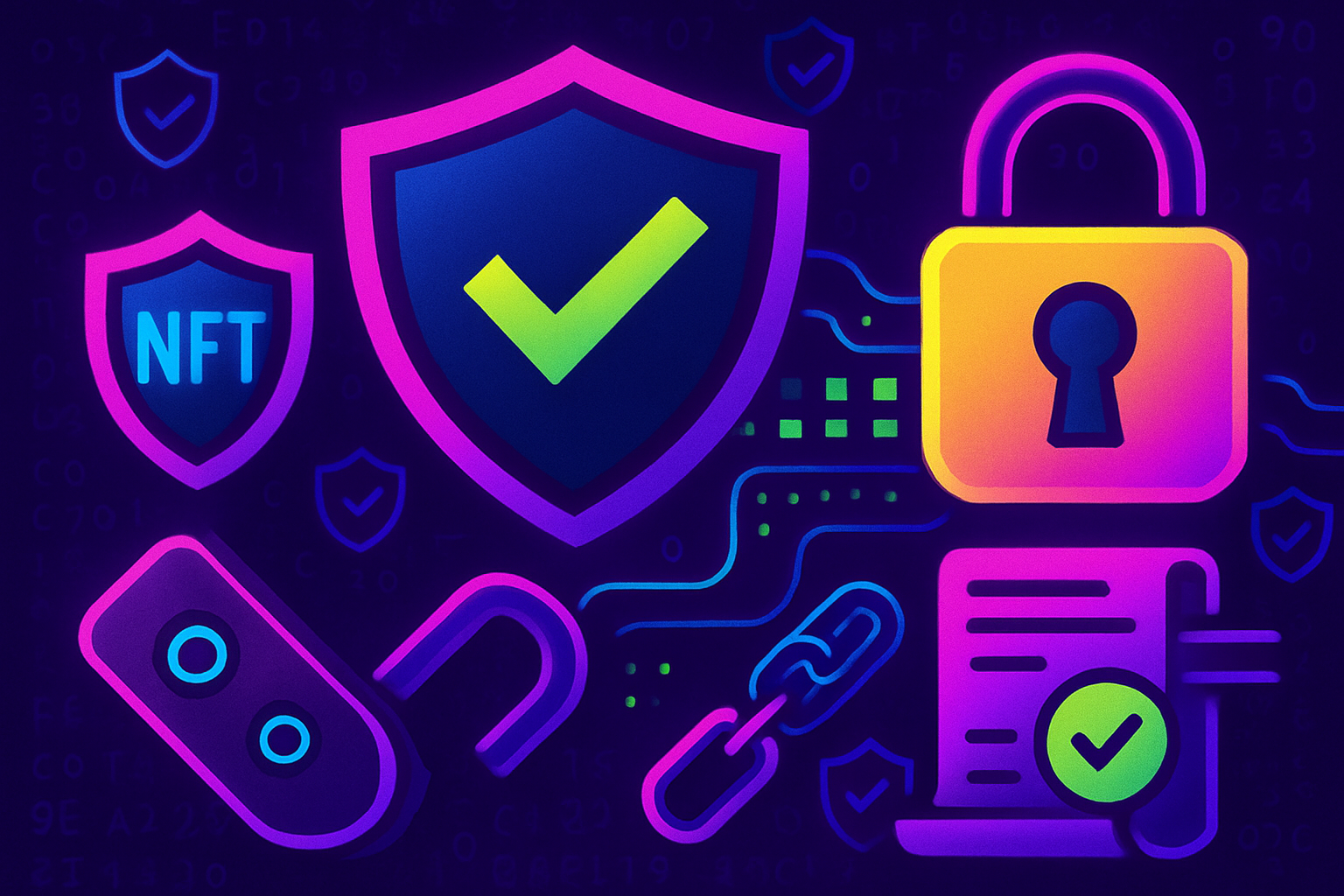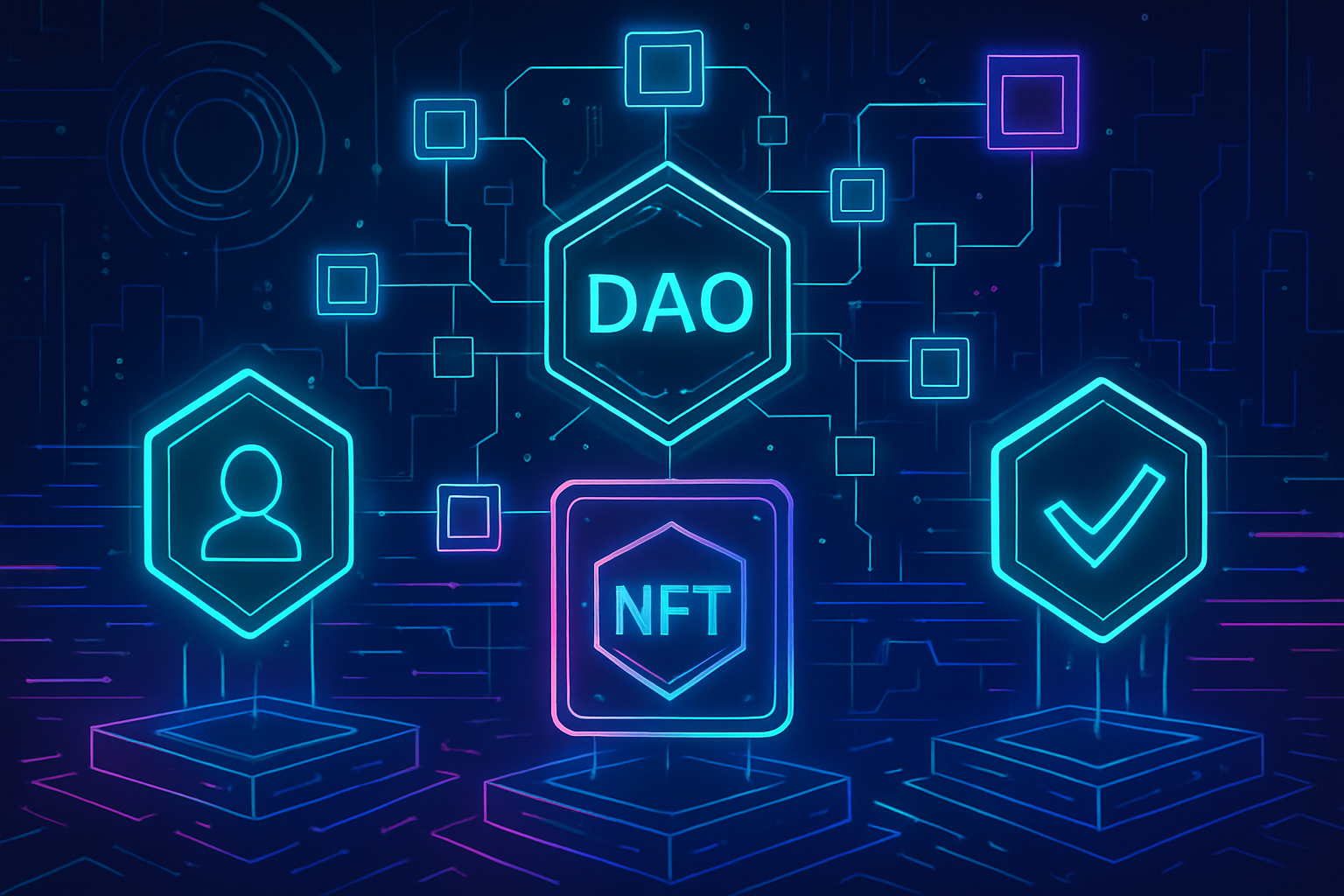
Decentralized Autonomous Organizations (DAOs) are rewriting the rules of collective decision-making by harnessing blockchain technology for global, transparent collaboration. Yet, as these communities grow, ensuring fair participation and verifiable voting becomes a challenge. This is where DAO governance NFT badges step in, offering an elegant solution to boost member engagement and eliminate opacity in voting processes.

Unique Member Identification: The Power of Blockchain Credentials
At the heart of every DAO is its membership base. But how do you prove who’s who in a borderless, pseudonymous ecosystem? NFT badges serve as tamper-proof digital IDs, uniquely tied to each member’s wallet address. This not only prevents duplicate or fraudulent voting but also ensures that every participant’s engagement is verifiable on-chain.
This system replaces traditional sign-up forms or permissioned access lists with cryptographic proof of membership. By issuing NFTs as entry passes or contributor credentials, DAOs can confidently distinguish between active members and outsiders, building a foundation of trust for all future governance actions.
Tiers, Roles, and Access: Dynamic Participation Through NFT Badges
Not all contributions are created equal – some members organize events, others review proposals or lead working groups. NFT voting badges for DAOs allow organizations to represent these diverse roles and privileges directly on-chain. For example:
Popular Types of DAO NFT Badges
-

Core Voter Badge: Recognizes members with verified voting rights, often linked to governance platforms like Snapshot for transparent, on-chain decision-making.
-

Proposal Reviewer Badge: Awarded to members who actively review and provide feedback on governance proposals, ensuring quality and transparency in the decision process.
-
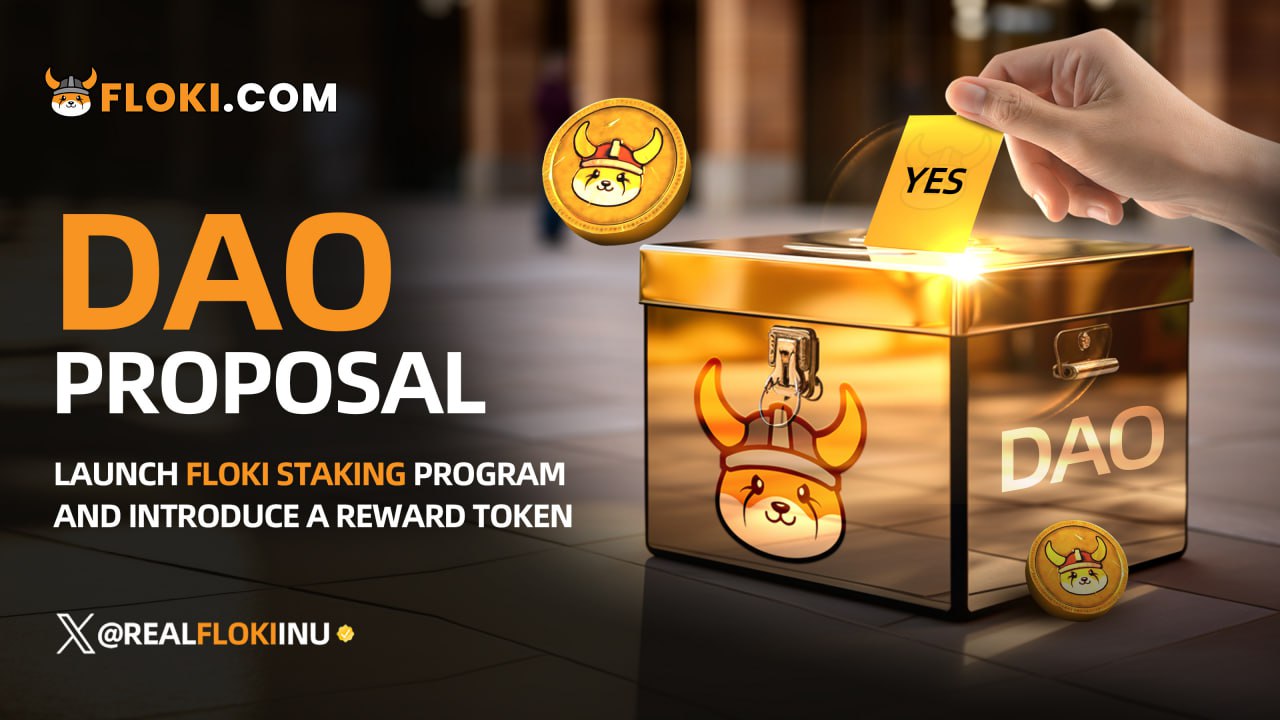
Event Organizer Badge: Given to members who coordinate or host DAO events, such as community calls or hackathons, highlighting leadership and organizational contributions.
-

Proof of Attendance (POAP) Badge: Issued via POAP to members who attend meetings, workshops, or special DAO events, serving as verifiable proof of participation.
-

Contributor Badge: Marks members who complete specific tasks, projects, or bounties, helping build an on-chain reputation for active engagement.
-

Membership Badge: Acts as a digital ID for verified DAO members, granting access to private channels, voting, and exclusive resources.
This tiered structure means privileges can evolve as members contribute more over time. An attendee badge might unlock basic voting rights, while an advanced contributor badge could grant proposal creation privileges or higher vote weightings. Such flexibility fosters meritocracy while keeping the system decentralized.
Proof of Participation and Contributor Recognition
DAOs thrive on active engagement – yet it’s historically been difficult to track who actually shows up and puts in the work. Enter proof-of-attendance NFTs, which are awarded for joining meetings, completing tasks, or participating in governance initiatives. These digital badges serve not just as collectibles but as public attestations of commitment.
This approach doesn’t just incentivize participation; it also creates a transparent record for the community to reference when allocating rewards or assigning new responsibilities. Over time, members build an on-chain reputation portfolio, making it easy for anyone to verify their track record within the DAO ecosystem.
If you want to dive deeper into how DAOs use these mechanisms to enhance transparency and reward contributors fairly, check out our detailed guide on transparent contributor recognition with NFT badges.
Integrating NFT badges into governance workflows also addresses one of the most persistent challenges in decentralized communities: voting transparency. By linking voting rights directly to verifiable NFT credentials, DAOs can ensure that every ballot cast is both legitimate and traceable. This not only deters sybil attacks and vote manipulation but also helps members trust the outcomes of important decisions.
Enhancing Voting Transparency with On-Chain Credentials
Modern DAO platforms often integrate with tools like Snapshot, where NFT ownership can be used to assign voting power. Rather than relying on off-chain whitelists or spreadsheets, the system automatically recognizes wallet addresses holding specific badges and allocates votes accordingly. This creates a seamless, auditable trail from proposal to result, every action is recorded immutably on the blockchain.
The benefits are twofold: participants know their voice counts exactly as intended, while observers can independently verify both voter eligibility and turnout. For DAOs managing substantial treasuries or making high-stakes decisions, this level of accountability is not just ideal, it’s essential for legitimacy.
Incentivizing Engagement and Building Reputation
Beyond voting, DAO member participation NFTs serve as a powerful incentive mechanism. By awarding badges for attending key events, completing projects, or mentoring newcomers, DAOs create a culture where meaningful contribution is both recognized and rewarded. These tokens can even be linked to additional perks, such as token distributions or access to exclusive channels, making active involvement genuinely worthwhile.
Over time, members accumulate a visible record of their engagement across multiple DAOs. This emerging concept of an on-chain reputation means contributors can showcase their history when joining new communities or seeking leadership roles. It’s a meritocratic system that travels with them wherever they participate in the web3 ecosystem.
Practical Steps for Implementing Governance NFT Badges
If your organization is considering adopting blockchain voting badges, it’s crucial to establish clear criteria for each badge type from the outset. Define what actions or milestones qualify for issuance, whether it’s proposal submission, event attendance, or successful project delivery. Transparency at this stage ensures fairness and prevents disputes later on.
Best Practices for DAO Governance NFT Badges
-

Define Clear Badge Criteria and Roles: Establish transparent and objective requirements for each NFT badge—such as voting rights, project completion, or event participation—to ensure fair and consistent distribution. Reference: governancenft.com
-

Utilize Secure, Auditable Minting Platforms: Issue badges on reputable NFT platforms like OpenSea or Rarible, and ensure all minting transactions are recorded on-chain for transparency and traceability. Reference: emurgo.io
-

Integrate with Voting Platforms (e.g., Snapshot): Link NFT badge ownership to governance platforms like Snapshot to automate voting power assignment and prevent duplicate voting, enhancing transparency and accountability. Reference: governancenft.com
-

Enable Tiered Access and Dynamic Privileges: Design NFT badges to represent varying levels of access or roles within the DAO, allowing privileges to be upgraded or revoked as members contribute or governance changes. Reference: emurgo.io
-
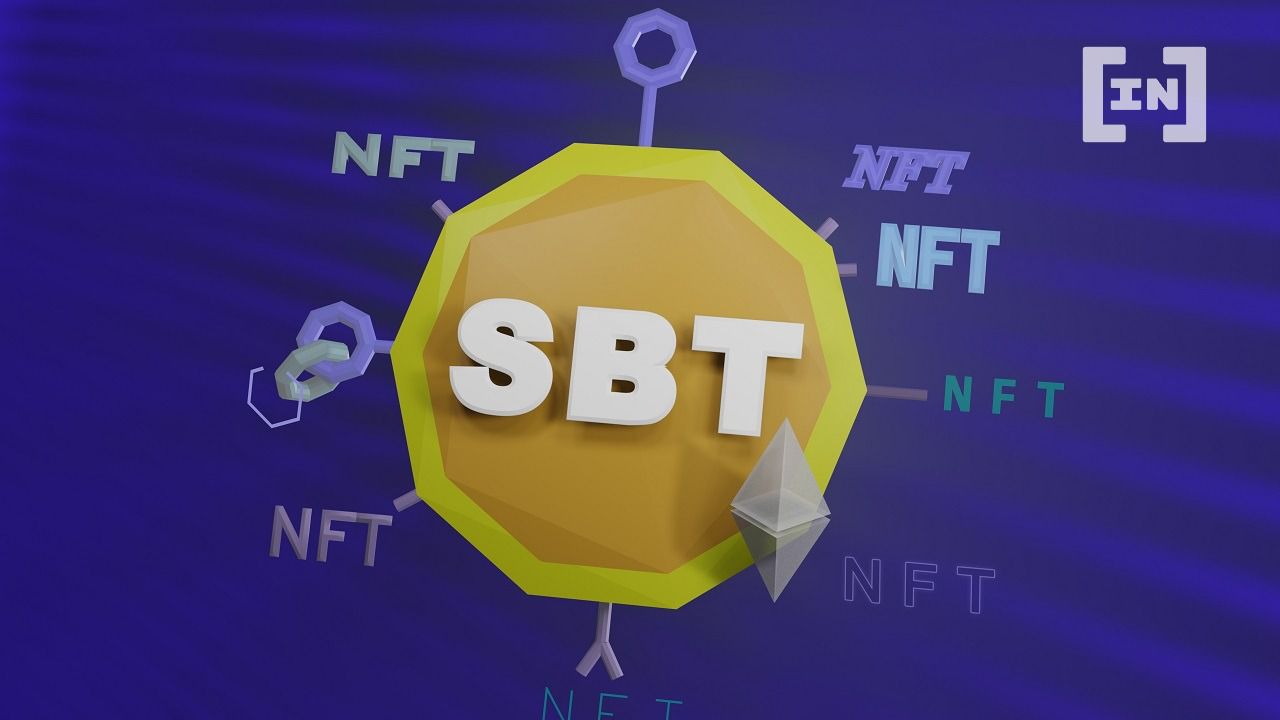
Issue Proof-of-Participation Badges: Distribute NFTs to members for attending meetings, completing tasks, or contributing to projects, building a verifiable record of engagement and fostering ongoing participation. Reference: emurgo.io
-
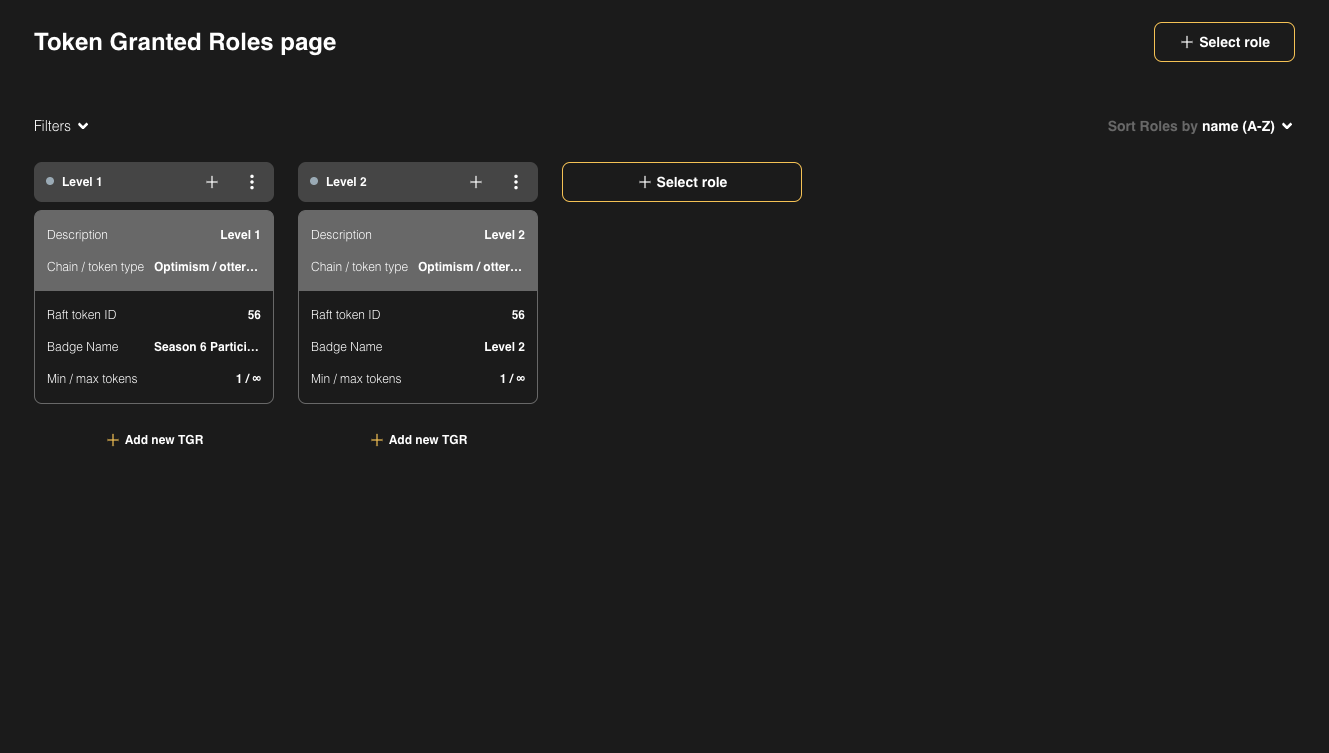
Maintain On-Chain Reputation Records: Allow members to accumulate NFT badges over time, creating a transparent, on-chain portfolio that reflects their contributions and reputation within the DAO. Reference: governancenft.com
-
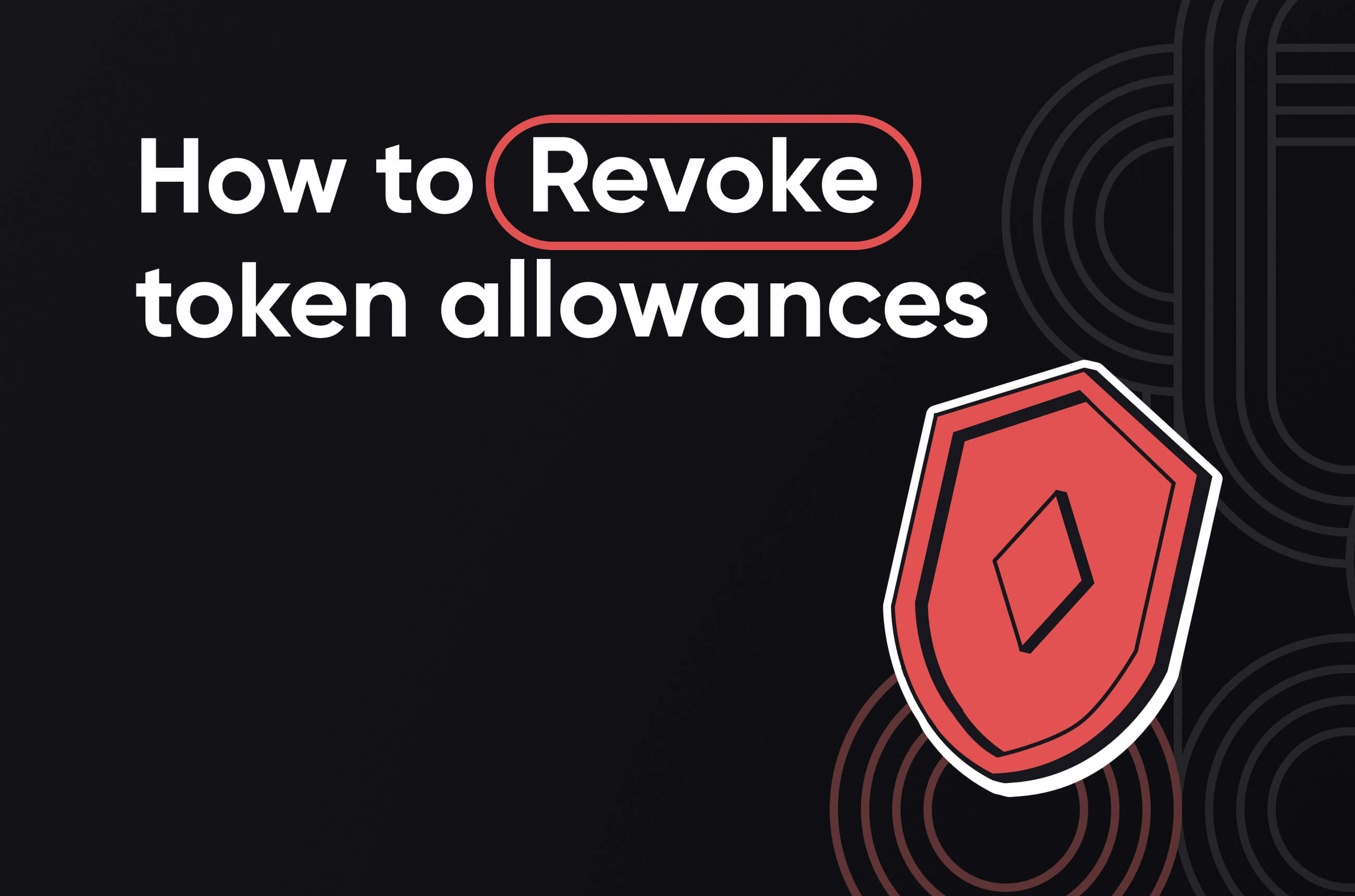
Ensure Revocation and Update Mechanisms: Implement smart contracts or governance processes to revoke or update badges if members’ roles change or if badges are misused, maintaining the integrity of the badge system. Reference: governancenft.com
Once criteria are set, leverage user-friendly platforms that streamline badge creation and distribution while maintaining robust on-chain records. Regularly review badge systems to ensure they evolve alongside your community’s needs; what works for 50 members might require adjustment at 5,000.
For actionable guidance on designing effective badge programs tailored to your DAO’s goals, explore our dedicated resource on issuing and managing governance NFT badges.
The Future of Decentralized Governance
The adoption of NFT voting badges for DAOs marks a significant leap toward more transparent, accountable, and engaged online communities. As more organizations embrace these tools, not just as technical novelties but as foundational elements of governance, the potential for inclusive decision-making expands dramatically.
This shift isn’t limited to tech-savvy users; intuitive interfaces now make it simple for anyone to claim their badge and participate meaningfully in community life. Ultimately, by anchoring rights and recognition in verifiable digital assets, DAOs are setting new standards for decentralized governance transparency, and empowering members like never before.
If you’re ready to start building trust and driving participation in your own DAO community with blockchain-powered credentials, now is the time to explore what governance NFT badges can do for you.
